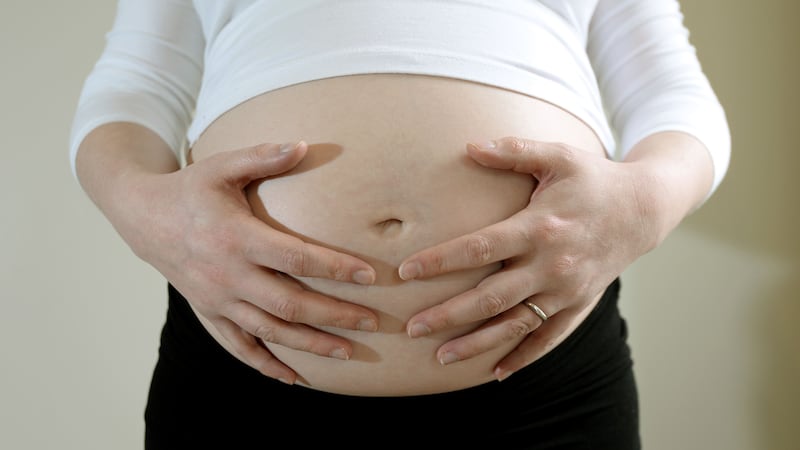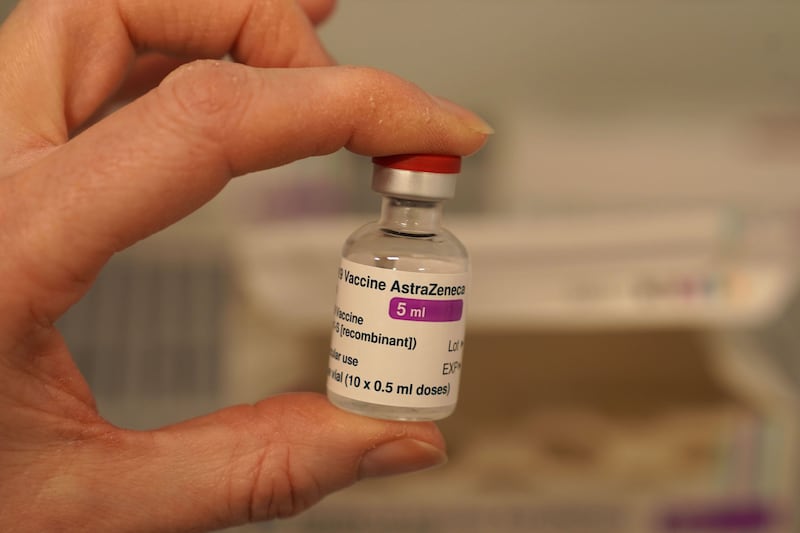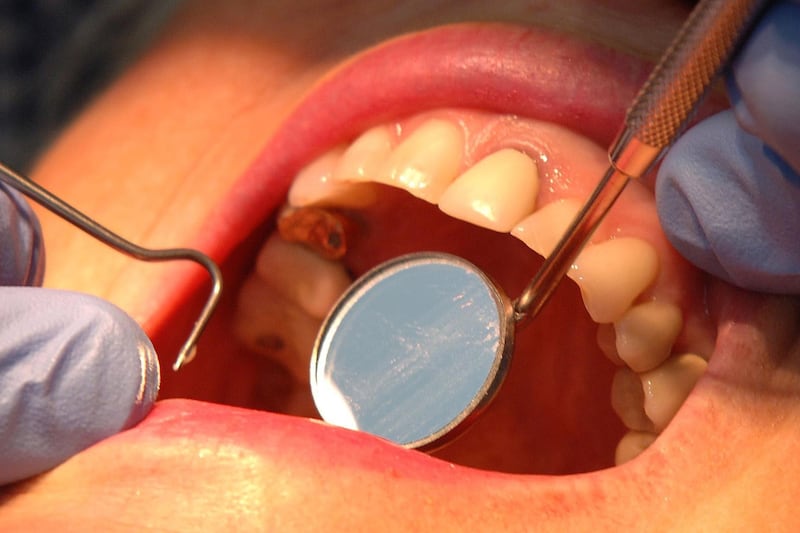Waiting at least two minutes before clamping the umbilical cord of a premature baby may reduce the risk of death by at least a third, new research suggests.
Delaying the clamping allows blood to flow from the placenta to the baby while the baby’s lungs fill with air.
Experts suggest this potentially eases the transition into breathing and also potentially lowers the risk of iron deficiency in the infant.
According to the new study, published in The Lancet, deferring the procedure for two minutes or longer reduces the risk of death soon after birth, compared with immediately clamping the cord or waiting a shorter time.
Many healthcare systems’ recommended routine practice for babies born at full term is to have their cords clamped after waiting for a minute or two.
However, past research has been unclear on whether this practice is also beneficial for babies born prematurely.
Dr Anna Lene Seidler at the NHMRC Clinical Trials Centre, University of Sydney, Australia, said: “Worldwide, almost 13 million babies are born prematurely each year and, sadly, close to one million die shortly after birth.
“Our new findings are the best evidence to date that waiting to clamp the umbilical cord can save the lives of some premature babies.
“We are already working with international guideline developers to make sure these results are reflected in updated guidelines and clinical practice in the near future.”
NHS England currently cites evidence which suggests that for babies born before 34 weeks, delaying the clamping of the cord for a minimum of 60 seconds after birth reduces death by nearly a third.
The researchers conducted a review of more than 60 studies including more than 10,000 babies, forming one of the largest combined databases in this research field.
One analysis compared the impact of different cord clamping strategies on premature baby mortality, and a second analysis looked at different timings of cord clamping.
The first review included data from 21 trials that compared deferred versus immediate umbilical cord clamping in 3,292 babies altogether.
In the deferred clamping groups, the delay ranged from 30 seconds to more than 180 seconds (with some trials encouraging delays of up to five minutes where feasible).
In the immediate clamping groups, most trials specified clamping within 10 seconds. Some 61% (1950/3292) of the babies were born by caesarean section.
The study found that in total 6% (98/1622) of the babies who received deferred cord clamping died before leaving the hospital, compared to 8.2% (134/1641) whose cords were cut immediately.
The findings suggest deferred clamping of the umbilical cord likely reduced the risk of death in premature babies by a third, compared to immediate clamping.
In a subgroup of premature babies born before 32 weeks of pregnancy, 44.9% (449/1001) with immediate cord clamping experienced hypothermia after birth, compared to 51.2% (509/994) of those with deferred clamping.
Professor Lisa Askie, senior author of the study, said: “Our findings highlight that particular care should be taken to keep premature babies warm when deferring umbilical cord clamping.
“This could be done by drying and wrapping the baby with the cord intact, and then by placing the dry baby directly on the mother’s bare chest under a blanket, or using bedside warming trollies.”
The other half of the study included 47 trials with a total of 6,094 infants.
Deferred clamping was split into three groups – short deferral (15-45 seconds), medium deferral (45-120 seconds) and long deferral (120 seconds or more).
Compared with immediate clamping, waiting at least two minutes before clamping the cord reduced the risk of death in premature babies by two thirds.
Further analysis suggested that waiting two or more minutes to clamp the cord had a 91% probability of being the best treatment to prevent death shortly after birth in premature babies.
Immediate clamping had a very low (less than 1%) probability of being the best treatment for preventing death, researchers say.
Dr Sol Libesman, lead statistician for the study and research fellow at the NHMRC Clinical Trials Centre, said: “Until recently, it was standard practice to clamp the umbilical cord immediately after birth for premature babies so they could be dried, wrapped, and if necessary, resuscitated with ease.
“Our study shows that there is no longer a case for immediate clamping and, instead, presently available evidence suggests that deferring cord clamping for at least two minutes is likely the best cord management strategy to reduce the risk of premature babies dying shortly after birth.”
The authors say further study is needed into how to best provide immediate care to the sickest premature babies while the cord is intact.








